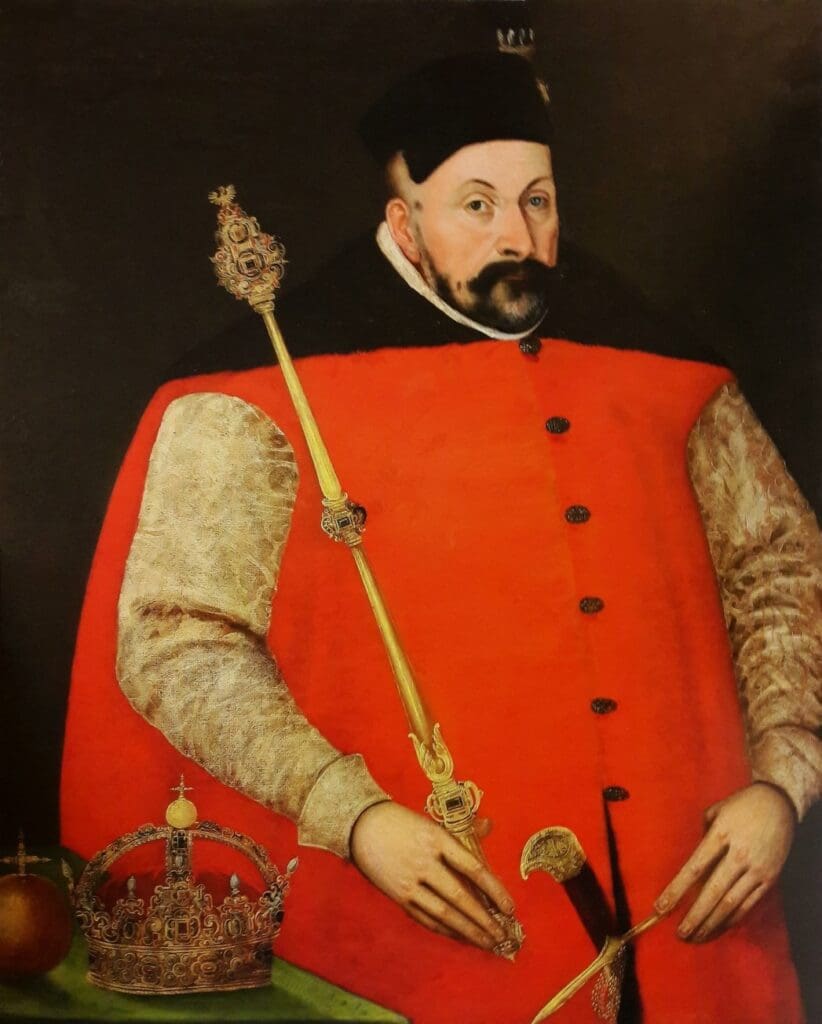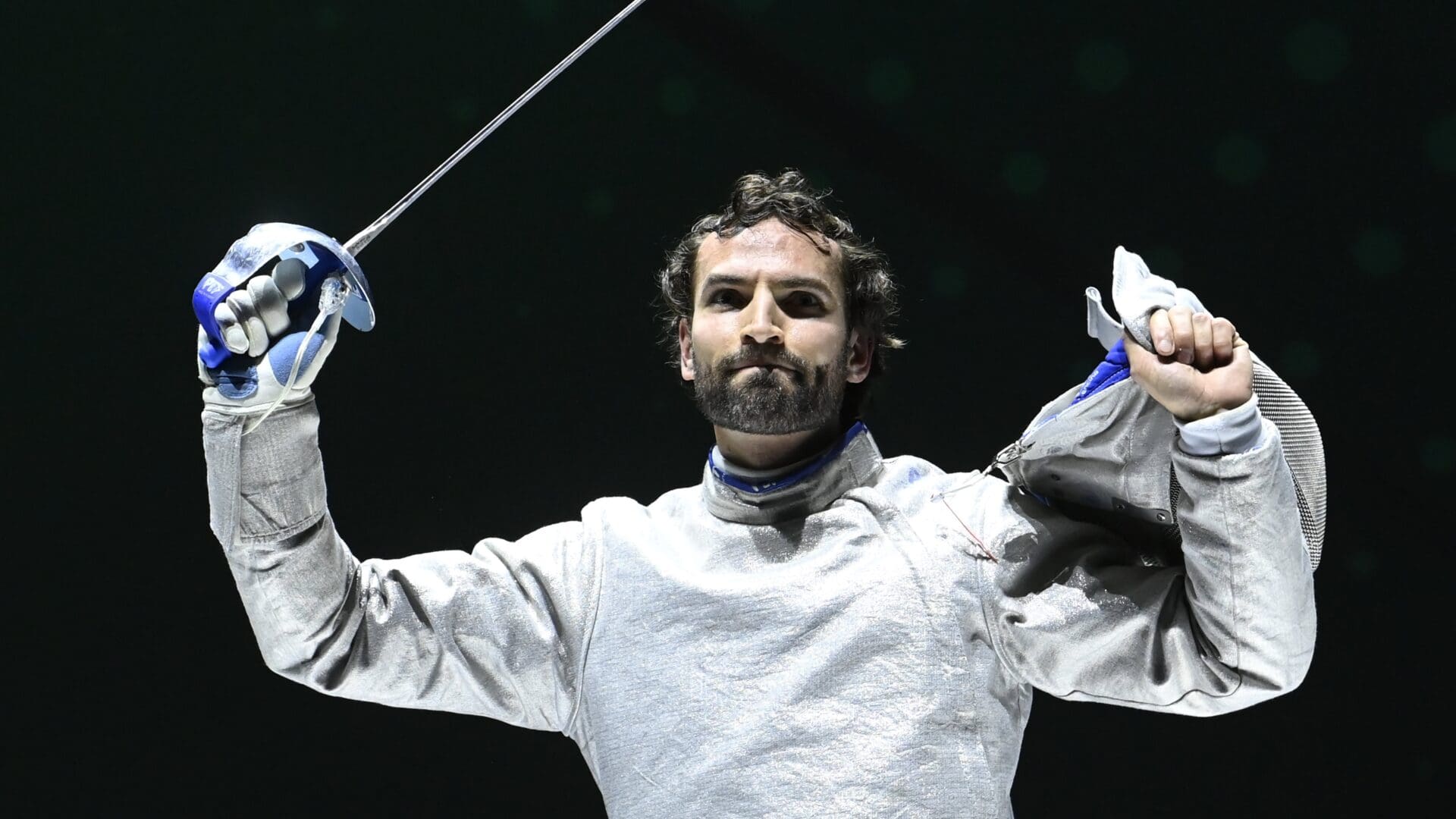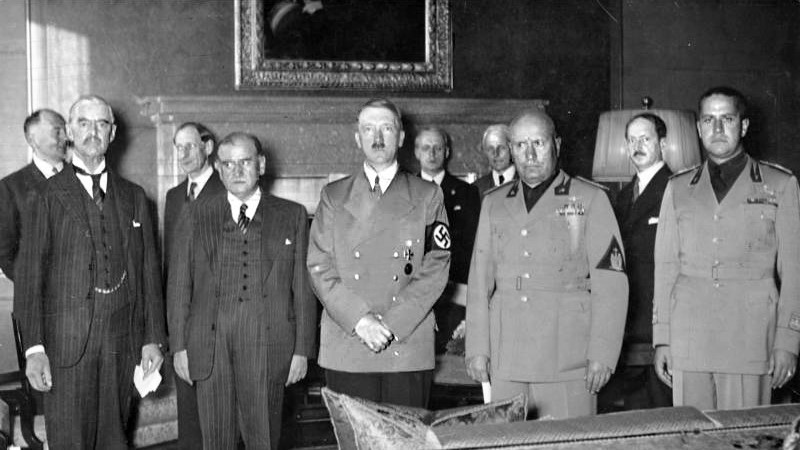Less than a month ago, on 25 March 2023, Áron Szilágyi won a gold medal in Budapest’s World Cup, outplaying the current best Olympic sabre fencer, Bazadze Sandro, in the final sparring. And although now according to the International Fencing Federation’ ranking Szilágyi is still the second best, we are convinced he will continue to successfully represent Hungary in the world of sport and will claim his previously held title back.
While the achievements of Szilágyi are outstanding, Hungary as a country also has a long-standing tradition of performing exceptionally well in Olympic sabre fencing.
At all the Olympics from 1908 to 1964, Hungarian fencers were the winners of every individual event
and, with an exception of two occasions, they won the team gold medals as well. Excellent fencers like Aladár Gerevich, Pál Kovács and Rudolf Kárpáti together won 19 gold medals for their country, and there were many other elite Hungarian athletes in this sport, too.
However, it would be incorrect to say that Hungarian prowess in sabre-fencing began only in the modern era, when the sport of Olympic fencing was invented. Even before the Conquest period, sabres were extensively used by Magyar nomads, and were found in graves dated prior to their arrival in the Carpathian Basin. The explanation behind the old relationship between Hungarians and sabres is in the way how the Magyars on horseback fought. A single-edged curved blade, which a sabre essentially is, significantly increases the effectiveness of a slash from horseback, compared to a straight-shaped sword. The trajectory of a slash follows a circular path, and the balance of a properly made sabre increases the pressure generated, leading to a devastating amount of damage, making it an excellent weapon for horsemen. And since Hungary has a strong horseback warfare tradition—for instance, the aforementioned nomadic equestrian fighters of the Conquest era, or the more widely known hussars who were also adopted by many European armies—sabres are justifiably associated with Hungarian military history.
The word sabre itself also indicates the historical embeddedness of sabre fencing in Hungary.
As argued by some scholars, the word sabre is of Hungarian origin.
The original word szablya first moved into the Polish language as szabla, parallel with the weapon becoming widely used in Poland. Later, the word was adopted as säbel in German, sabre in French and sabre or saber in English. This is because Hungary is essentially the major entry point of the sabre into Europe, despite a widely-held idea that sabres came from the East. It is also true, of course, that later, when European powers contacted Asian and African cultures, European weapon designs started to experience their influences too—that, for instance, of the Turkish kilij, or the Persian shamshir, or mamluk swords; but the Hungarian influence on European weapon design came sooner, as one-edged curved blades had been present in Hungary since the 9th century, as archeological evidence suggests.
Despite the fact it would be incorrect to attribute the appearance of sabres in Europe solely to the Hungarian influence—rather, European designs were eventually a convergence and the result of a cross-pollination between various weapon families such as falchions, messers, hangers, backswords, as well as some Eastern types—the Hungarian contribution to European blade designs and warfare is hard to overestimate. For instance, the Polish-Hungarian sabre, also known as batorówka in Polish, which was introduced to Poland during the reign of István Báthory, became very popular in the ranks of the Polish szlachta, the noble class, during the 16th century. Báthory’s connection to this weapon is depicted on his portraits as well.

Despite being a heavy and deadly blade, the Polish-Hungarian sabre provided little hand protection, because unlike later designs with a developed guard (see for instance the British Pattern 1908 cavalry sword), this one only had a cross-shaped guard to prevent an enemy’s blade from sliding onto the hand, which was absolutely useless in the case of a direct hit to the fingers. That is why quite often a chain was attached from the cross-guard to the pommel. Stylish and effective indeed!

With the adoption of hussar units all across Europe—another Hungarian contribution to warfare—sabre-like swords started to be used by cavalries everywhere.
The fencing technique and the Hussar traditions building on the traditional weapon were put to good use also outside Europe. During the war of Independence in America, Michael Kováts de Fabriczy, the Hungarian Hussar was involved in creating the US cavalry, training American soldiers in the tradition of Hungarian hussar tactics. You can read more about this in a previous Hungarian Conservative article.
Of course, the sabre has not been just a cavalry weapon, but, if needed, was used by foot soldiers, too.
By the end of the 19th century, with the development of modern weaponry, sabres and other hand-to-hand weapons started to become obsolete. Nevertheless, along with planes, tanks and machine guns, sabres were also occasionally used by Hungarian hussar units in fast-paced and maneuverable battles of the Eastern front of the First World War. Despite the occasional usage, it soon became obvious that the days of the sabre as an effective weapon were numbered. Today the weapon serves a ceremonial role—for instance, sabres are used on the 20 August parade by the Hungarian military as well as by the guards of the Holy Crown.
Notwithstanding the fact that the times of cavalry charges, duels and fierce melee combat are long gone,
Hungarian sabre fencing traditions are alive and flourish,
both in sports and in historical re-enactments. In the early 20th century, the legendary fencing master László Borsody developed his own fencing system, which created a staggering number of gold medallists in Hungary and the rest of the world. Nowadays this combat method is called The Classical Hungarian sabre fencing and in 2020 it was included in the Collection of Hungaricums.

As far as historical re-enactment is concerned, in contrast with many Western European weapons, there are no remaining treatises on how the Hungarian szablya was used before the 19th century—a common problem of many East-Central European weapons, such as the aforementioned Polish szablya or, for example, the Russian shashka. As far as we know, there are no comprehensive fencing manuals from the medieval or the renaissance periods about the weapon—at least the works of famous fencing masters of that time, like Joachim Meyer’s, Paulus Hector Mair’s or Fiore dei Liberi’s works do not feature anything like the Hungarian sabre—and it is those works that are extensively used today by many historical fencing practitioners as a source to base their researches and techniques on. However, thanks to many re-enactment and historical fencing groups and enthusiasts in Hungary and all around the world, the Hungarian sabre and similar weapon designs of Central Europe are now getting more and more attention. And since there are certain biomechanical and anatomical constants, as well as universal ways of effectively using a weapon shaped like the szablya, the prospects of reconstructing the techniques look promising.








